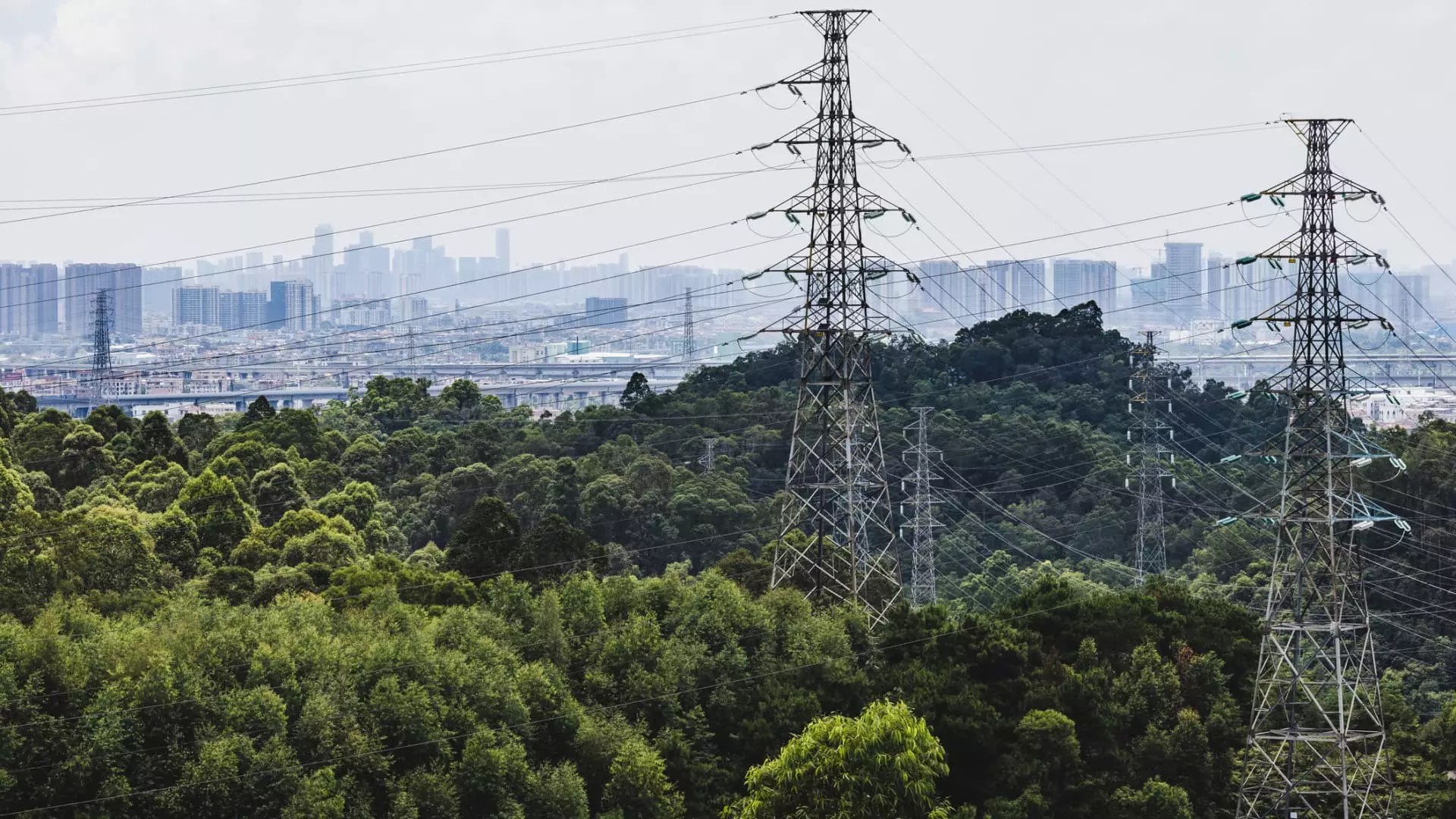For the average American household, the increasing costs of electricity are more than a fiscal headache; they are an alarming signal highlighting systemic issues in our energy infrastructure. With electricity prices having sharply risen by 4.5% over the past year—nearly double the general inflation rate—many families are being forced to re-evaluate their budgets and consider sacrifices. This steep uptick in costs reflects a profound reality: the struggle between supply and demand is no longer merely an economic concept but a pressing concern that threatens our financial security.
Many factors contribute to this unsettling rise. David Hill, the executive vice president of the Bipartisan Policy Center, aptly summarizes the situation as a straightforward narrative of supply and demand. While various reasons can be cited, the core issue remains that as electricity demand continues to grow, our ability to meet this requirement through efficient production is lagging significantly. Demand isn’t just increasing; it is about to explode, especially with the greater adoption of technology and smart-home devices.
The Regional Divide in Electricity Costs
Interestingly, the disparity in electricity prices across the nation illustrates the problem’s complexity. Average costs stand at about 17 cents per kilowatt-hour, but residents of North Dakota pay a mere 11 cents, whereas those in Hawaii face astronomical rates close to 41 cents. The geographic divide becomes even more significant when considering projections for regional price increases; electricity bills in the Pacific region alone are expected to surge by 26% from 2022 to 2025. Such comparative analysis shows that not all Americans suffer equally, and those in already high-cost areas will bear the brunt of these economic shifts.
Joe Seydl, a senior markets economist, has made a poignant point regarding regional variability: “Electricity prices are regionally determined, not globally determined like oil prices.” This statement underscores the responsibilities states and local governments hold in reevaluating energy production strategies. As electricity prices continue rising, we risk exacerbating existing inequalities and increasing the financial squeeze on the most vulnerable populations.
The Shift Towards Increased Demand
Why is the demand for electricity poised to explode? Factors include the ubiquitous rise of data centers and an ever-growing number of household devices. The U.S. Energy Department reported that electricity consumption by data centers tripled, and projections suggest it will double or even triple again by 2028. Simultaneously, businesses are moving towards greater electrification, favoring electric vehicles and appliances over traditional fossil-fuel alternatives. This move towards electrifying everyday life is not just progressive; it’s a necessity driven by environmental factors—but it also dramatically raises the demand on our already-strained electric grid.
Yet, it would be naive to overlook the inherent contradictions in our energy policies. While striving to reduce greenhouse gas emissions, we willingly increase demand in a way that threatens to dismantle hard-fought gains in climate policy. As we transition away from fossil fuels, we seem to be relying on the very technologies that may exacerbate electricity strain. It feels like we are putting the cart before the horse, borrowing trouble for future generations with our current energy decisions.
Infrastructural Failures and Future Obstacles
As demand grows, the limitations of our infrastructure—an aging, lethargic grid—become starkly apparent. The implications are dire. Michael Cembalest from J.P. Morgan notes that the growth of transmission lines is languishing far below Energy Department targets. With delivery times for essential transformer equipment ranging from a staggering two to three years—compared to mere weeks prior to 2019—these long-term issues can only grow worse in the face of increasing demand.
Half of the transformers in the U.S. are nearing the end of their functional lives; the implication is that we could face a power crisis if sufficient replacements do not come online in time. Inflation in construction and labor costs is compounding the problem, making it increasingly difficult to meet demand with new infrastructure. It’s a vicious cycle that mostly affects consumers while dollar signs keep popping up in electricity bills.
These emerging challenges aren’t merely an inconvenience; they represent a serious threat not just to our economic stability but to our quality of life. If the powers that be fail to take proactive measures, many American households may find themselves scrambling for answers in a future where electricity is luxuriously unaffordable. It’s a stark reminder that our actions today will undoubtedly dictate the energy realities of tomorrow, and if we want to protect our standard of living, we need to confront these challenges with urgency and innovation.


Leave a Reply